1.Guilin Li River
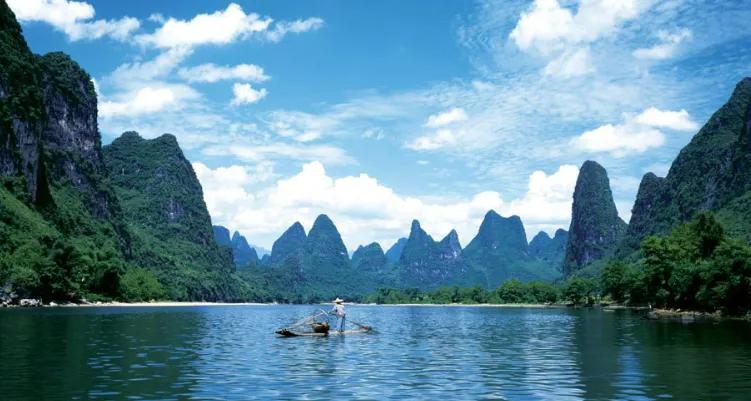
The world natural heritage site is the world’s largest and most beautiful karst landscape tourist area. The unique and world-famous natural landscape of Guilin, which was nurtured by the Li River, is “like a green silk belt and the mountains are like jade hairpins”.
2.Beihai Silver Beach
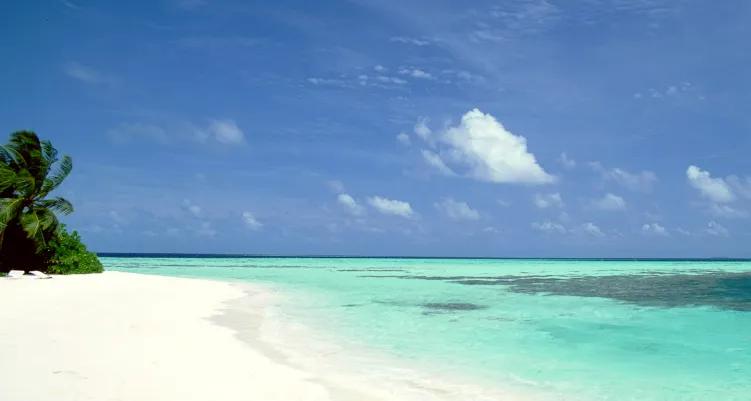
It has a fine silvery white sand beach, and the sunset view is particularly beautiful. It is also a famous place for swimming and playing water sports. The most special thing is the beach here. The sand is very fine. Because it is high-quality quartz sand, the whole beach will glow silvery under the sunlight, which is very beautiful. This beach is therefore called “Silver Beach”.
3.Huangyao Ancient Town

Huangyao Town is an ancient town from the Ming and Qing Dynasties with a history of more than 900 years. It is located in the lower reaches of the Li River and is known as the “Little Guilin” with a “poetic homeland”. The town has a typical karst landform and has “six mores”.
4.Detian Waterfall
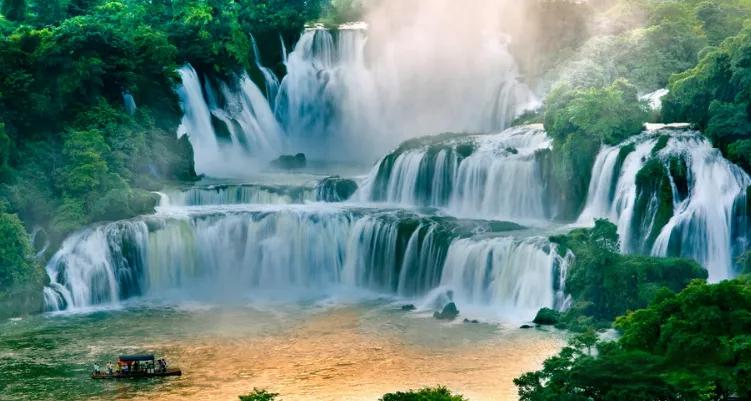
Located in Detian Village, Shuolong Town, Daxin County, Chongzuo City, on the upper reaches of the Guichun River at the border between China and Vietnam, the waterfall is majestic and spectacular. It is connected to the neighboring Ban Gioc Waterfall in Vietnam. It is the largest transnational waterfall in Asia and the fourth largest in the world. It is also the filming location for “The Wine of Hometown” and “The Journey of Flower”. It is magical and wonderful.
5.Weizhou Island
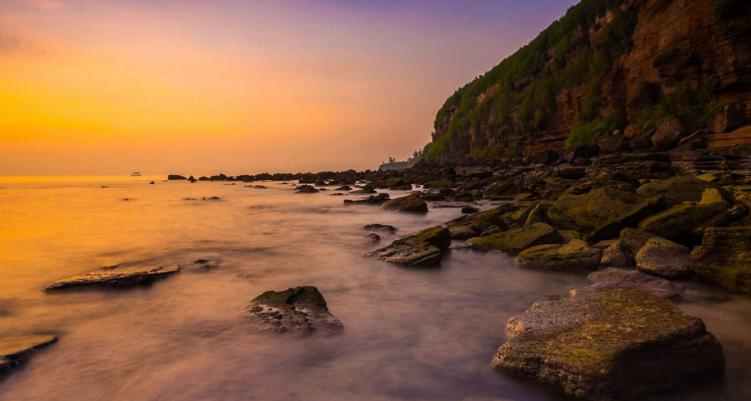
Weizhou Island is located 21 nautical miles south of Beihai City. It is the largest and youngest volcanic island in China and the largest island in Guangxi. There is no extreme heat in summer and no extreme cold in winter. The annual average temperature is 23℃ and the rainfall is 1863 mm. Surrounded by vast seas and dense green trees, the island has a pleasant climate and beautiful scenery, making it a paradise on earth.
6.Duxiufeng Royal City
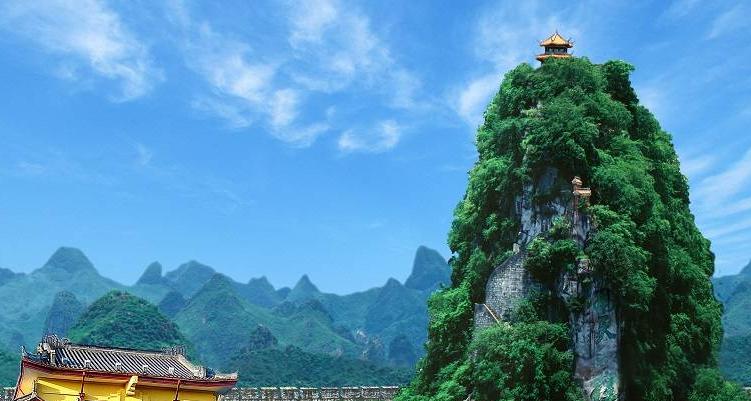
This boutique tourist attraction, centered on Guilin’s “King of Mountains” Duxiu Peak and embracing the Ming Dynasty Jingjiang Prince’s Palace, is the carrier of Guilin, a world-renowned historical and cultural city. The famous saying “Guilin’s landscape is the best in the world” originated from the stone cliffs of Duxiu Peak.
7.Qingxiu Mountain
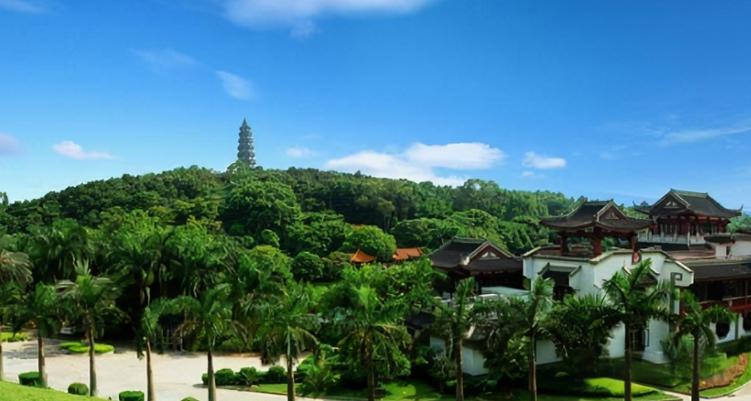
Located on the bank of the Yongjiang River, the Ming Dynasty-style Dragon Elephant Tower is a landmark building of Qingxiu Mountain. Climbing to the top of the tower, you can overlook the Yongjiang River and nearby mountains.
8.Longji Rice Terraces
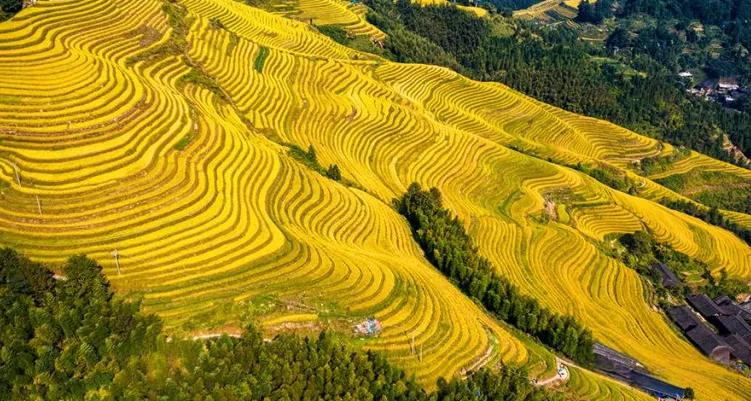
Located in Longji Mountain, Ping’an Village, Longji Town, Longji Mountain refers to the terraced fields developed on Longji Mountain. In a broad sense, they are called Longsheng Terraces, and in a narrow sense, they are called Longji Terraces. Longji Terraces are known as the “crown of terraces in the world”, and the most classic ones are Ping’an Zhuangzhai Terraces and Jinkeng (Dazhai) Hongyao Terraces.
9.Yangshuo West Street
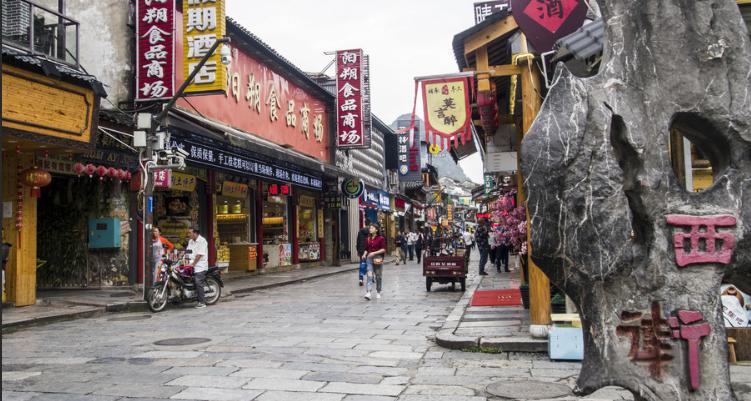
West Street, which has a history of more than 1,400 years, is the oldest and most prosperous street in Yangshuo and one of the important tourist attractions in Yangshuo. The street, less than 1 km long, is paved with stone slabs and is in a curved S shape. The houses on both sides are simple and elegant, in the style of the Ming and Qing Dynasties in northern Guangxi, with small green tiles, sloping roofs, white walls and hanging balconies.
10.Yangshuo Peaks

Guilin Yangshuo Peak Forest is a brilliant pearl in southern China, with green mountains, beautiful waters, strange caves and ingenious rocks, which has earned it the reputation of “the most beautiful scenery in the world”. In the “Beauty China” selection of the top domestic geographical magazine “National Geographic”, Guilin Yangshuo beat all other competitors and was named the first of the “Five Most Beautiful Peak Forests in China”.
11.Chengyang Bazhai
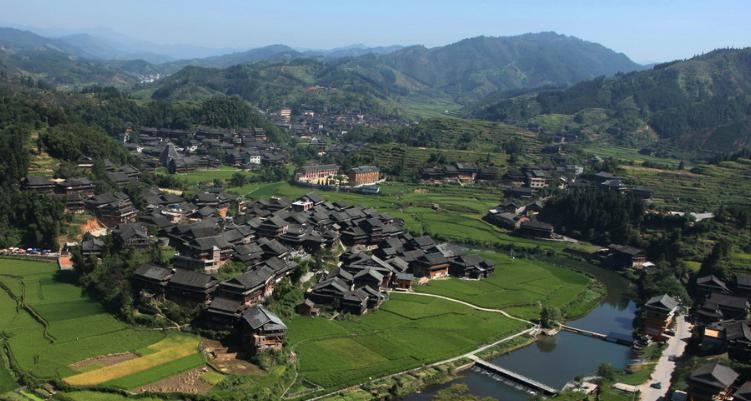
Chengyang Eight Villages Scenic Area is 14 kilometers away from Sanjiang County. It is a concentration of Chinese Dong culture and Dong customs tourism. It is famous for its unique wind and rain bridges, drum towers, stilted wooden buildings, four-season countryside and its rich folk customs. Chengyang Yongji Bridge, one of the world’s famous historical bridges and a national key cultural relic protection unit, is located here. If you have never experienced the charm of the Dong people, perhaps your initial impression of Chengyang Eight Villages is that it is distant, ancient and mysterious, but when you really step into Chengyang Eight Villages, you will find that the mountains here are green all year round, the scenery is warm and the people are even warmer.
12.Huashan Rock Paintings
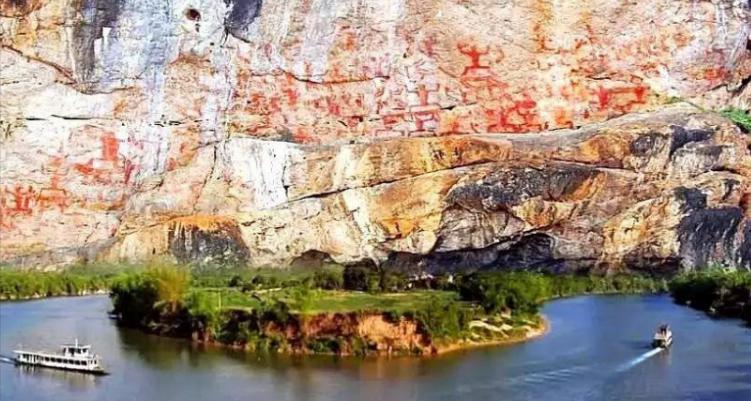
The scenic spot is famous for the magnificent paintings made by the Luoyue ancestors more than 2,000 years ago on the cliffs. It is also the largest, most content-rich and best-preserved rock painting discovered in China so far. In the scenic area, Laijiangtun and Bayaotun are traditional Zhuang primitive villages, known as the “living museum of rock paintings”. The villages are built according to the terrain, staggered and well-arranged, reflecting the mountains and rivers.
13.Sanniang Bay
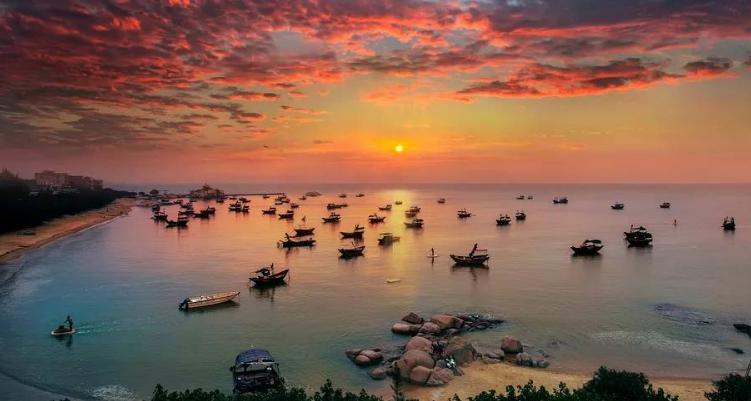
It is a magical and magnificent painting created by the magic of nature. It has beautiful scenery, integrating natural and cultural landscapes. It is famous for its blue sea, beaches, strange rocks, green forests, fishing boats, fishing villages, tides and Chinese white dolphins. It is known as the “Hometown of Chinese White Dolphins” and is the filming location of the famous movie “Haixia” and the filming base of CCTV’s MTV “Wanwan Song”.
14.Jiangshan Peninsula
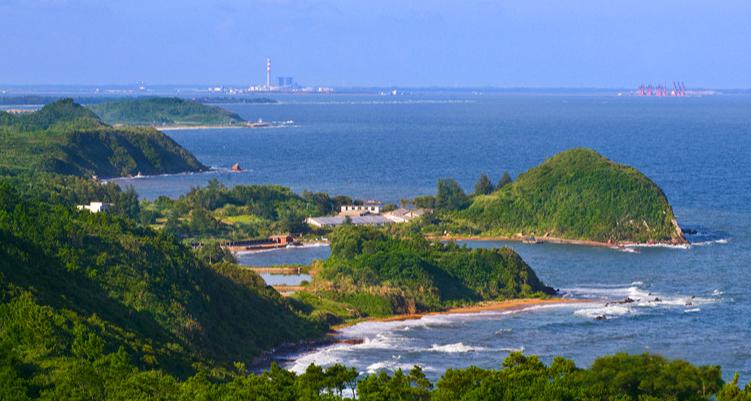
Jiangshan Peninsula is located on the Beibu Gulf in Fangchenggang City. It is also one of the areas where the Beibu Gulf’s coastal attractions are concentrated. It has a long coastline, with many tourist attractions along the coast, such as the Strange Rock Beach with rocks piercing the sky, the Bailang Beach (Dapingpo) with black sand and white waves, the Moon Bay with soft sand and clear water, the quiet and gentle White Sand Beach, the remains of the Ho Chi Minh Trail during the period of resisting U.S. aggression and aiding Vietnam, and the Bailong Fort known as the “turtle and snake guarding the water mouth”.
15.Dalongtan
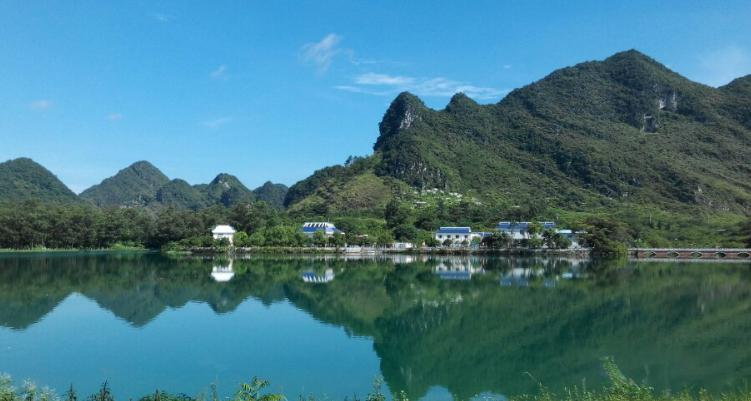
Located in Liuzhou City, it integrates karst landforms, ethnic minority culture, and subtropical karst plant landscapes. Representative natural landscapes include “one lake”, “two pools”, and “twenty-four peaks”; representative ethnic cultural landscapes include the Dong village composed of buildings such as “drum tower”, “Longtan Wind and Rain Bridge”, “wooden houses” and “relaxed mountain houses”. A clear spring gushes out from the cliffs of Leishan Mountain and converges into “Longtan” between Leishan and Longshan, which was called “Leitang” in ancient times.
16.Gaoding Dong Village
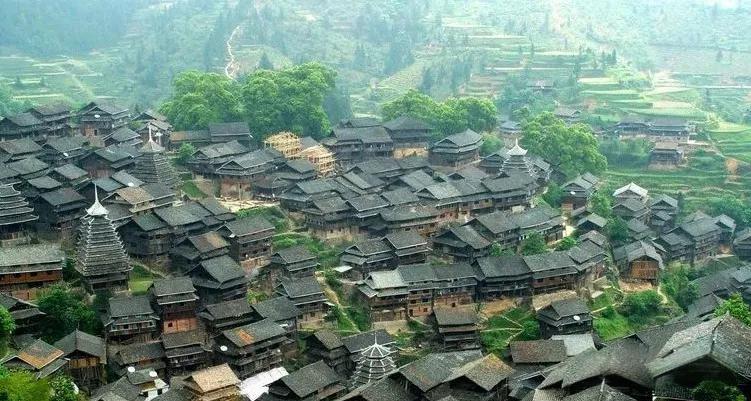
Located in Dudong Town, it is said to have been migrated from Jiangxi and Guizhou during the Wanli period of the Ming Dynasty. The village is surrounded by lush bamboo forests and towering ancient trees. The stone slabs in the village are winding, and there are rows of stilt wooden buildings. The seven drum towers complement each other, showing the elegant and majestic style. It is one of the ten most beautiful villages in Guangxi.
17.Guposhan
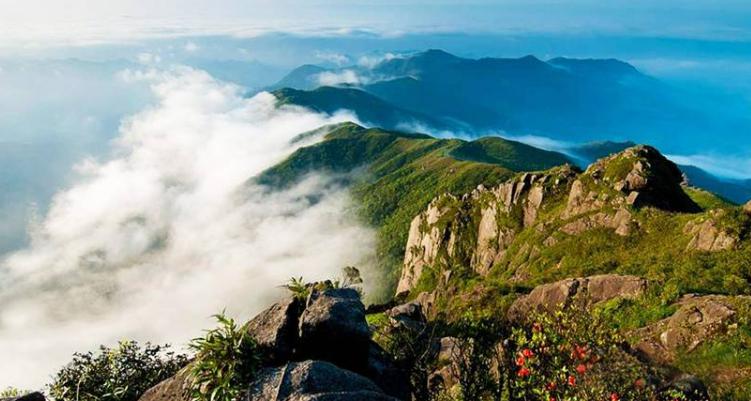
Guposhan Scenic Area is dominated by beautiful mountains, clear waterfalls and rivers, and ancient dense forests. It is a natural oxygen bar with beautiful environment. In addition, it is also the filming location of many TV series, such as Fang Family Tea Garden in “Tea is the Strongest in Hometown”, Jiupuxiang Winery in “Wine is the Purest in Hometown”, and Jinxiu Village in Jiangnan Water Village in “Spring Silkworms Weaving Dreams”.
18.Xingping Ancient Town
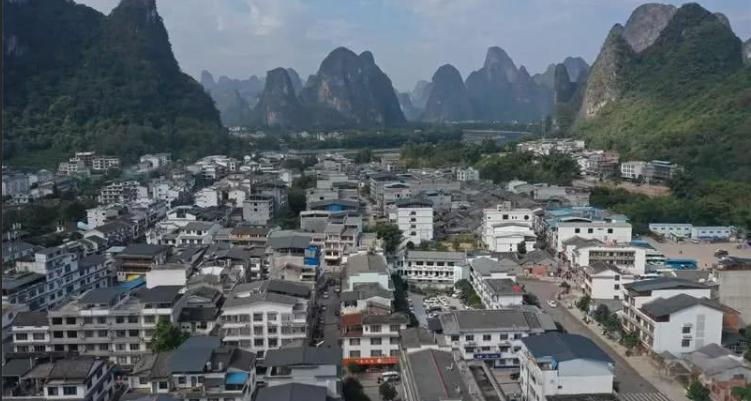
Xingping Ancient Town is located on the Li River in the north of Yangshuo. It is an ancient town with a history of more than 1,700 years. Today, the ancient town still has ancient streets, ancient bridges, ancient theaters, ancient temples and other scenes. There is a pier for bamboo rafting on the riverside of the ancient town. You can take a boat to the “Yellow Cloth Reflection” landscape, which is also the location of the pattern on the back of the 20-yuan RMB.
19.Hepu Xingdao Lake

The 1,026 islands in the lake are scattered like stars on the clear blue water, hence the name Xingdao Lake. It is also the filming location of CCTV’s “Water Margin”. The “Water Margin City” is built on the island, which is divided into four parts: Liangshan District, Wenshu Temple, Yongjin Gate, and Suzhou and Hangzhou Water Street.
20.Leye Tiankeng Group
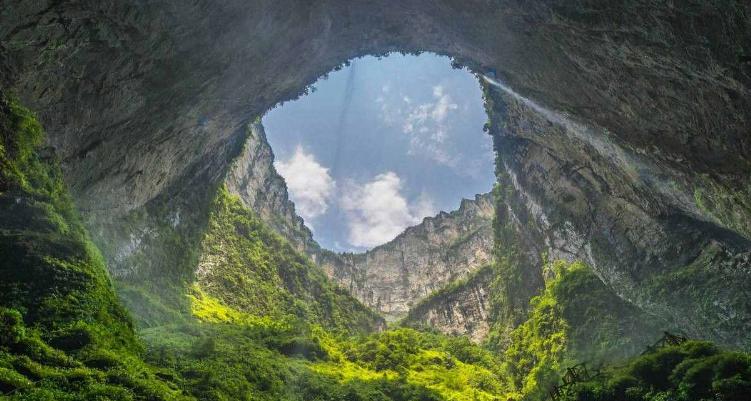
The Leye Tiankeng Group is the largest tiankeng group in the world, with 24 tiankengs distributed in the mountains with an area of less than 20 square kilometers. The developed tiankengs include Dashiwei Tiankeng, Baidong Tiankeng, Chuandong Tiankeng, etc. Among them, Dashiwei Tiankeng is the representative of the Leye Tiankeng Group.
21.Guilin West Mountain
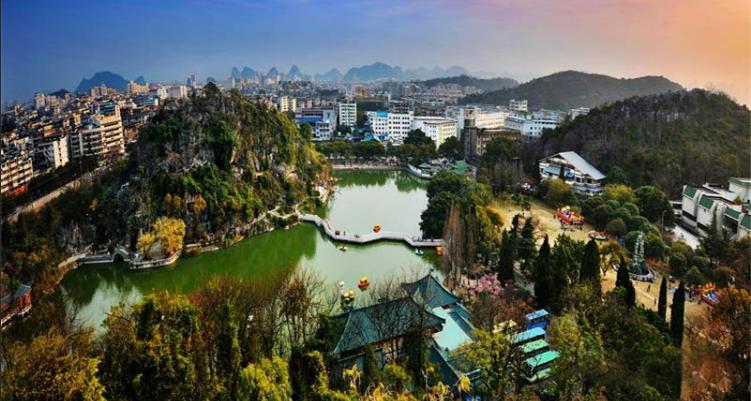
Guilin Xishan Scenic Area is located in the center of Guilin. It became a tourist destination as early as the Tang Dynasty more than 1,000 years ago and is the earliest developed tourist attraction in Guilin. Guilin Xishan Scenic Area also has a rich and profound cultural heritage. It is the original site of Xiqinglin Temple, the first of the five major Zen temples in the south of the Tang Dynasty. Jianzhen, Li Bo, Rong Yu in the Tang Dynasty, Mi Fu, Fang Xinru, Fan Chengda in the Song Dynasty, Xu Xiake, Yuan Chonghuan, Dong Chuanze, Xu Beihong, Lao She in the Ming Dynasty all left their footprints here.
22.Maoer Mountain
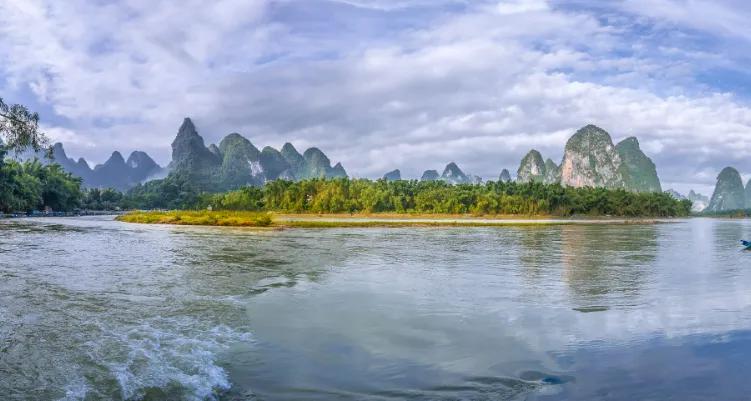
Guilin Maoer Mountain is located in Xing’an County, Guilin City. It is named after the shape of the peak that resembles a giant cat lying prone. The main peak of Maoer Mountain is more than 2,100 meters above sea level. It is the highest peak in South China and is often called “the first of the Five Ridges and the top of South China”. It is also the source of the Lijiang River and the Zijiang River, connecting the Yangtze River and the Pearl River.
